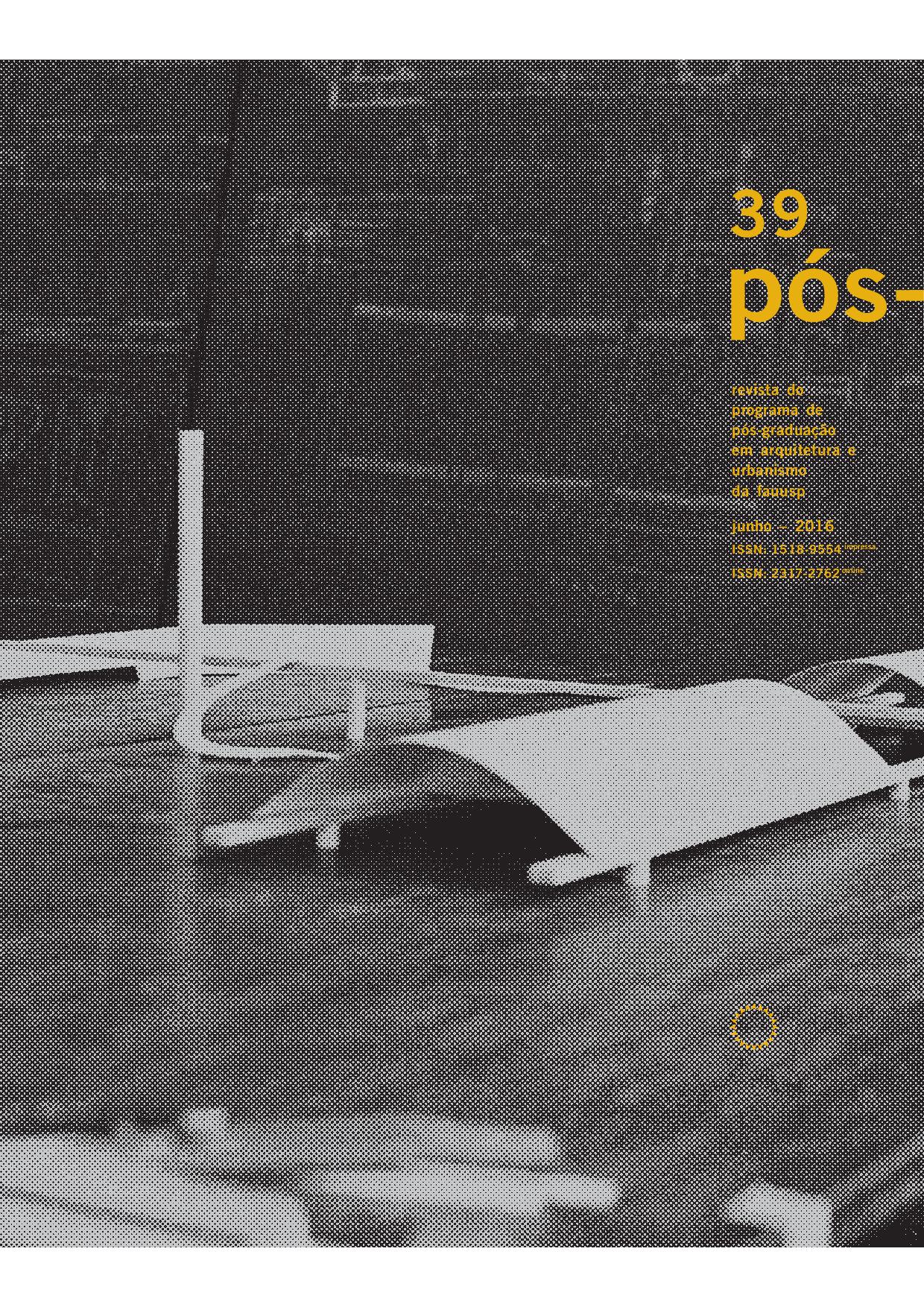Nexus between population redistribution and real estate residential production in districts of the municipality of São Paulo
DOI:
https://doi.org/10.11606/issn.2317-2762.v23i39p12-35Keywords:
Population spatial distribution. Real estate market production.Abstract
This article discusses the relationship between changes in the population spatial distribution and the production of high-rise residential buildings in the districts of São Paulo. To develop this discussion, census data from 1991, 2000, and 2010 was combined with data on the production and release of apartment buildings in the period between 1998 and 2008. These databases were the basis of a methodology used to formulate the Rate of Population Absorption by Apartment Buildings (RPAAB). The RPAAB attempts to estimate how much of the Population Growth (PG) of São Paulo districts between 2000 and 2010 was absorbed by the apartments released between 1998 and 2008 by the real estate market. To that end, the Potential Population Increments Promoted by Vertical Residential Real Estate Developments (PPIPVRRED) was estimated based on the number of residents per apartment extracted from the 2010 Census. It was concluded that, in fact, the segment of the real estate market aimed towards the production of apartment buildings heavily conditioned the population spatial distribution in the central districts of São Paulo that underwent the phenomenon of demographic inversion, going from population loss to population gain, during the years of transition from the 1990s to 2000s.Similar phenomenon was not observed in peripheral districts.Downloads
References
ARANHA, Valmir & TORRES, Haroldo. Lançamentos imobiliários e dinâmica demográfica recentes no Município de São Paulo. 1ª Análise, nº 15, junho 2014. São Paulo: Fundação SEADE, 2014. 26p.
JANNUZZI, P. e JANNUZZI, N. 2002. Crescimento urbano, saldos migratórios e atratividade residencial dos distritos da cidade de São Paulo: 1980-2000. Revista Brasileira de Estudos Urbanos e Regionais, v. 4, n.1/2, p. 107-127.
TORRES, Haroldo. A fronteira paulistana. In: MARQUES, Eduardo & TORRES, Haroldo. São Paulo – segregação, pobreza e desigualdades sociais. São Paulo: Editora SENAC, 2005. p. 101 – 119.
Downloads
Published
Issue
Section
License

This work is licensed under a Creative Commons Attribution 4.0 International License.
DIADORIM - Diretório de Políticas Editoriais












